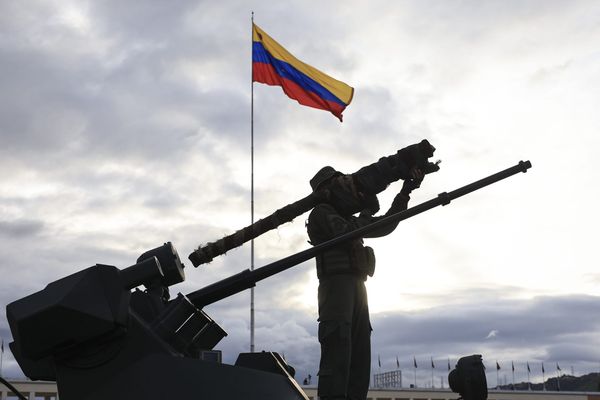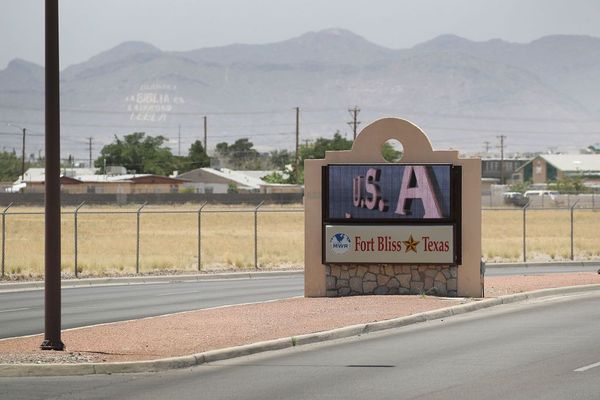
KYOTO -- Although different clans held power at different times, buke military aristocrats controlled policy in Japan for about 700 years, starting in the late 12th century. Members of the buke families were called bushi, or samurai. They were warriors, and many heroes emerged from their ranks. That's why today, the national baseball team calls itself "Samurai Japan," even though its players don't have swords at their waists.
There were many heroic samurai, but one of the most popular must be Minamoto no Yoshitsune, a member of the Minamoto clan that overthrew the Taira clan, the first military rulers. Since his death, Yoshitsune has been a leading character in many stories and noh and kabuki plays, as well as in movies and TV dramas.
Yoshitsune was born and raised in Kyoto, and his childhood name was Ushiwakamaru. According to "Gikeiki," a heroic biography of Yoshitsune, he was taken to Kuramadera temple on Mt. Kurama, north of Kyoto, at the age of 7.

Many members of the Minamoto clan were killed in the battles leading up to the establishment of the Taira clan government, which regarded the Minamoto clan as its rival. However, young Ushiwakamaru's life was spared because he promised he would become a priest when he got older.
There is a famous legend in which he still goes by the name of Ushiwakamaru. An akuso ferocious monk named Musashibo Benkei attacked people night after night on the Gojo Bridge across the Kamo River in Kyoto, robbing them of their swords because he had decided to collect 1,000. But when only one sword remained to reach his goal, the monk encountered Ushiwakamaru.
Akuso monks were armed lower-ranking monks who were hired and boarded by large temples as musclemen.

Their encounter has been depicted in a song, which the government authorized for music classes at elementary schools in modern times. I remember the lyrics even now, as I had to sing them when I was a child.
The story goes like this: On the Gojo Bridge in Kyoto, a big man named Benkei attacks Ushiwakamaru with a naginata, or Japanese halberd. Ushiwakamaru quickly retreats, jumps up on a parapet and repeatedly wards off Benkei's attacks. Benkei is astonished by his swift moves, like those of a swallow, apologizes and asks Ushiwakamaru to make him his retainer.
According to the historian Masataka Uwayokote, a professor emeritus of Kyoto University and editor of "Minamoto no Yoshitsune: Ruro no Yusha [Wandering hero]," Yoshitsune had "no powerful samurai among his close associates." So he made a stray man like Benkei his retainer. The meeting on the bridge is a symbolic scene.
Today, at the west end of the Gojo Ohashi bridge there are stone statues resembling cute dolls that depict Benkei attacking Ushiwakamaru and Ushiwakamaru dodging his attack and leaping onto a parapet.
Why was Ushiwakamaru so nimble? Mt. Kurama, where the Kuramadera temple is located, was the home of tengu -- demons that live in the mountain and fly in the sky -- and they gave Ushiwakamaru art of warfare. Of course, this is a story born from imagination -- the historical facts are different.
"Kyo no Gojo no hashi" (Gojo Bridge in Kyoto) is familiar to most Japanese people because it appears in the lyrics of the famous song. But the bridge was actually located about 300 meters north of the present location. So that the stone statues are located in the wrong place.
It has also been said that the two men fought not on the bridge, but on a wooden stage at Kiyomizudera temple, located 1.7 kilometers east of the bridge. They likely fought in front of many people, because similar to today, the temple was crowded with worshippers.
The story claiming they fought on the bridge is an adaptation created later. Despite this historical fact, the scene takes place on a bridge -- and at night -- in movies and on TV because it looks more dramatic. That's usually the way legends are created.
Read more from The Japan News at https://japannews.yomiuri.co.jp/







